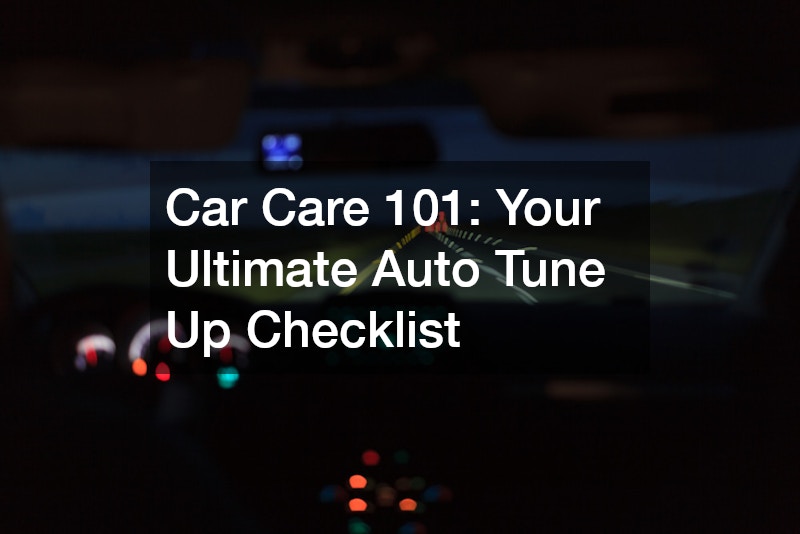As a car owner, regular maintenance is essential to keep your vehicle running smoothly and to prevent costly repairs down the road. One of the most important aspects of car care is a thorough auto tune up checklist. By following this comprehensive guide, you can ensure that your vehicle is in top-notch condition and ready for the road.
1. Engine Inspection
Checking the engine is the first step in any auto tune up checklist. Start by checking the oil levels to ensure that your engine is properly lubricated. Low oil levels can cause serious damage to your engine and should be topped up as needed.
Next, replace the air filter to improve engine performance and fuel efficiency. A dirty air filter can restrict airflow to the engine, leading to poor performance and increased fuel consumption. By replacing the air filter regularly, you can ensure that your engine is running at its best.
Regular engine inspections are essential to catch any potential issues early and prevent major problems down the line. By following this checklist, you can keep your engine in top condition and avoid costly car repair.
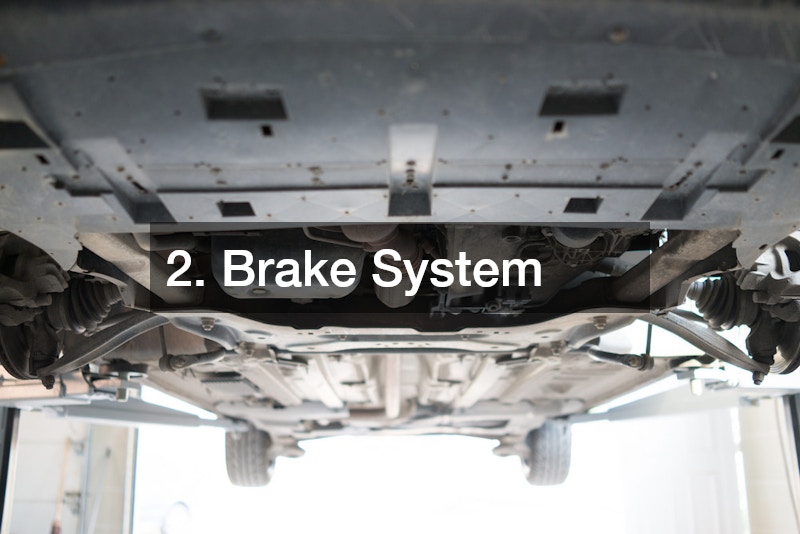
2. Brake System
Ensuring that your brakes are in good working condition is crucial for your safety on the road. Start your auto tune up checklist by inspecting the brake pads for wear and tear. Worn brake pads can reduce stopping power and increase stopping distance, putting you at risk of accidents.
Bleeding the brake fluid is another important step in brake system maintenance. Over time, air can get trapped in the brake lines, reducing braking efficiency. By bleeding the brake fluid, you can remove any air bubbles and ensure optimal brake performance.
Regular maintenance of your brake system is essential to ensure your safety on the road. By following this checklist, you can keep your brakes in top condition and drive with peace of mind.
3. Tire Maintenance
Proper tire maintenance is essential for safe driving and optimal performance. Start your auto tune up checklist by checking the tire pressure regularly to ensure that your tires are properly inflated. Underinflated tires can affect fuel efficiency and handling, while overinflated tires can cause uneven wear.
Rotating your tires regularly is another important step in tire maintenance. Rotating the tires helps to ensure even wear and extends the lifespan of your tires. It also improves handling and traction, especially in wet or slippery conditions.
By following this tire maintenance checklist, you can ensure that your tires are in top condition and enjoy a smooth and safe driving experience.
4. Transmission Service
Regular transmission service is essential to keep your vehicle running smoothly and prevent costly repairs. Start by changing the transmission fluid to ensure proper lubrication and cooling of the transmission components. Old or dirty transmission fluid can cause shifting issues and damage to the transmission.
Inspecting the transmission filter is another important step in transmission service. The filter helps to remove debris and contaminants from the transmission fluid, preventing damage to the transmission components. By inspecting and replacing the filter as needed, you can ensure optimal transmission performance.
By following this transmission service checklist, you can keep your transmission in top condition and avoid costly repairs down the line.
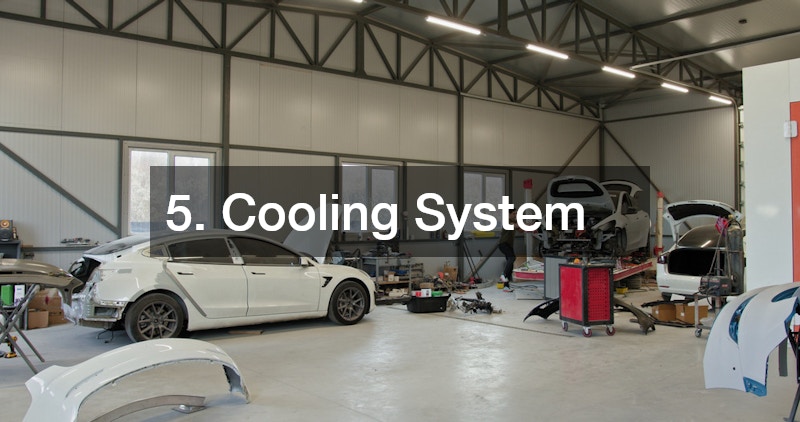
5. Cooling System
Proper maintenance of the cooling system is essential to prevent overheating and engine damage. Start by flushing the coolant to remove any dirt or debris that may have accumulated in the system. Flushing the coolant helps to prevent corrosion and blockages in the cooling system.
Checking the hoses for leaks is another important step in cooling system maintenance. Over time, coolant hoses can deteriorate and develop leaks, leading to coolant loss and overheating. By inspecting the hoses regularly, you can catch any issues early and prevent costly repairs.
By following this cooling system checklist, you can ensure that your engine stays cool and operates at optimal temperature, preventing costly repairs and breakdowns.
6. Battery Maintenance
Proper battery maintenance is essential to ensure reliable starting and electrical system performance. Start by cleaning the battery terminals to remove any corrosion or buildup that may inhibit the flow of electricity. Clean terminals help to ensure a strong connection and reliable starting.
Testing the battery voltage is another important step in battery maintenance. A weak battery can cause starting issues and electrical system problems. By testing the battery voltage regularly, you can catch any issues early and prevent unexpected breakdowns.
By following this battery maintenance checklist, you can ensure that your battery is in top condition and avoid the frustration of a dead battery.
7. Fuel System
Cleaning the fuel injectors is essential to maintain optimal engine performance and fuel efficiency. Over time, fuel injectors can become clogged with dirt and deposits, leading to poor fuel atomization and combustion. By cleaning the injectors, you can restore engine performance and fuel efficiency.
Inspecting the fuel filter is another important step in fuel system maintenance. The fuel filter helps to remove contaminants and debris from the fuel, preventing damage to the fuel injectors and engine components. By inspecting and replacing the fuel filter as needed, you can ensure proper fuel flow and engine performance.
By following this fuel system checklist, you can keep your engine running smoothly and efficiently, and prevent costly repairs down the line.
8. Ignition System
Proper maintenance of the ignition system is essential to ensure reliable starting and engine performance. Start by checking the spark plugs for wear and carbon deposits. Worn or fouled spark plugs can cause misfires and poor engine performance. By replacing the spark plugs as needed, you can ensure optimal ignition and combustion.
Testing the ignition coil is another important step in ignition system maintenance. The ignition coil generates the high voltage spark needed to ignite the air-fuel mixture in the cylinders. A faulty ignition coil can cause starting issues and misfires. By testing the ignition coil, you can catch any issues early and prevent engine performance problems.
By following this ignition system auto tune up checklist, you can keep your engine running smoothly and efficiently, and avoid the frustration of starting issues and misfires.
9. Belts and Hoses
Proper maintenance of the belts and hoses is essential to prevent unexpected breakdowns and costly repairs. Start by inspecting the serpentine belt for cracks, fraying, or signs of wear. The serpentine belt drives many engine components and a failing belt can cause engine damage and breakdowns.
Checking the radiator hoses for leaks or damage is another important step in belt and hose maintenance. The radiator hoses carry coolant to and from the engine, and a leak or damage can lead to overheating and engine damage. By inspecting the hoses regularly, you can catch any issues early and prevent costly repairs.
By following this belt and hose auto tune up checklist, you can ensure that your engine operates smoothly and reliably, and prevent unexpected breakdowns on the road.
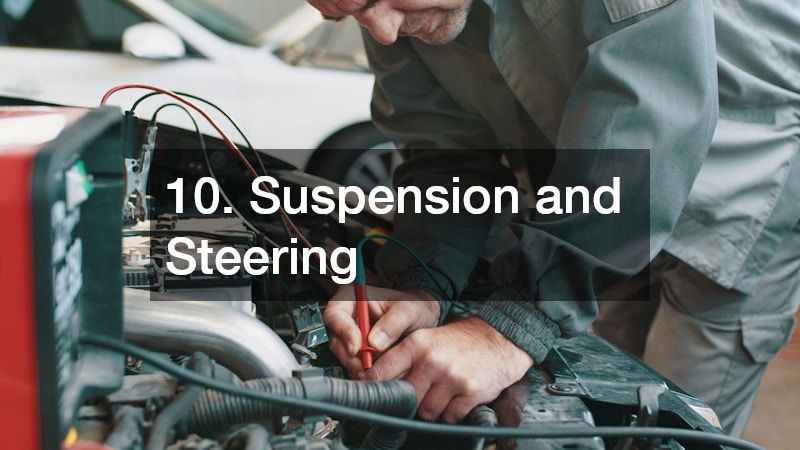
10. Suspension and Steering
Proper maintenance of the suspension and steering components is essential for safe and smooth driving. Start by inspecting the shocks and struts for leaks or signs of wear. Worn shocks and struts can affect handling and ride comfort, and should be replaced as needed.
Checking the power steering fluid level and condition is another important step in suspension and steering maintenance. Low power steering fluid can cause steering issues and require costly repairs. By checking the fluid level and condition regularly, you can ensure optimal steering performance and prevent problems on the road.
By following this suspension and steering checklist, you can ensure that your vehicle handles smoothly and safely, and avoid steering and suspension problems down the line.
11. Electrical System
Proper maintenance of the electrical system is essential for reliable performance and safety on the road. Start by testing the alternator to ensure that it is charging the battery properly. A faulty alternator can cause starting issues and electrical system problems.
Inspecting the wiring connections for corrosion or damage is another important step in electrical system maintenance. Corroded or damaged connections can cause electrical system issues and malfunctions. By inspecting the wiring connections regularly, you can catch any issues early and prevent electrical system problems.
By following this electrical system checklist, you can ensure that your vehicle’s electrical system operates smoothly and reliably, and avoid the frustration of electrical issues and breakdowns.
12. Exterior Maintenance
Proper maintenance of the exterior is essential to keep your vehicle looking great and protected from the elements. Start by washing and waxing the exterior to remove dirt, grime, and contaminants that can damage the paint. Waxing helps to protect the paint and maintain a shiny finish.
Cleaning the headlights is another important step in exterior maintenance. Cloudy or yellowed headlights can reduce visibility and safety on the road. By cleaning the headlights regularly, you can ensure optimal visibility and safety, especially at night or in poor weather conditions.
By following this exterior maintenance auto tune up checklist, you can keep your vehicle looking great and protected from the elements, and enjoy a shiny and clean car for years to come.
13. Interior Care
Proper maintenance of the interior is essential for a comfortable and enjoyable driving experience. Start by vacuuming and detailing the interior to remove dirt, dust, and debris that can accumulate over time. A clean interior not only looks great but also improves air quality and comfort.
Checking the dashboard warning lights is another important step in interior care. Dashboard warning lights can alert you to potential issues with your vehicle, such as low oil pressure or engine problems. By checking the warning lights regularly, you can catch any issues early and prevent breakdowns.
By following this interior care checklist, you can ensure that your vehicle’s interior is clean and comfortable, and enjoy a pleasant driving experience every time you hit the road.
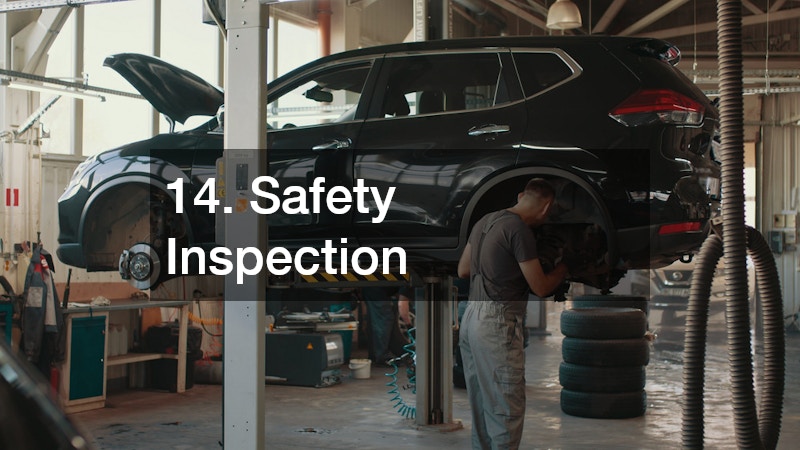
14. Safety Inspection
Regular safety inspections are an essential part of every auto tune up checklist, ensuring that your vehicle is safe and roadworthy. Start by testing the brakes and lights to ensure that they are working properly. Properly functioning brakes and lights are essential for safe driving and should be checked regularly.
Checking the seatbelts for wear and tear is another important step in safety inspection. Worn or damaged seatbelts can fail in an accident and put you at risk of injury. By inspecting the seatbelts regularly, you can ensure that they are in good condition and provide optimal protection.
By following this safety inspection checklist, you can ensure that your vehicle is safe and roadworthy, and enjoy peace of mind knowing that you are driving a safe and reliable vehicle.
15. Road Test
After completing the auto tune up checklist, it’s important to take your vehicle for a road test to ensure that everything is in proper working order. Start by testing the driveability of your vehicle, including acceleration, braking, and handling. Any unusual behavior should be addressed promptly.
Check for any unusual noises or vibrations during the road test. Unusual noises can indicate underlying issues with the engine, brakes, suspension, or other components. By listening for any unusual noises, you can catch potential problems early and prevent costly repairs.
By following this road test checklist, you can ensure that your vehicle is in top condition and ready for the road, and enjoy a smooth and safe driving experience every time you get behind the wheel.
Regular maintenance is key to keeping your vehicle running smoothly and avoiding costly repairs. By following this comprehensive auto tune up checklist, you can ensure that your car is in top condition and ready for the road. Remember to schedule regular maintenance with your local car repair shop or tire shop to keep your vehicle in top shape. From auto tinting to truck accessories, windshield replacement to undercoating, and auto glass services to general auto repair, your local auto shop or auto body shop can help you with all your auto tune up checklist needs.
